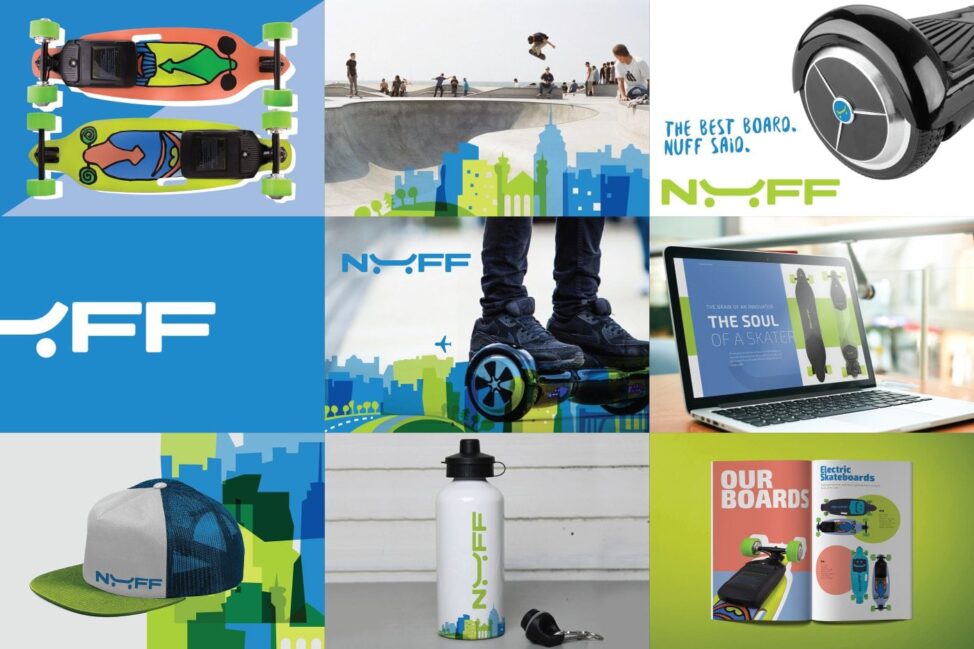Nearly every business knows the feeling of investing in a marketing push that didn’t move the needle. More often than not, if you invested a lot and got back a little, the odds are your brand wasn’t clearly visible enough. A solid brand awareness strategy is key.
What’s the difference between a brochure and a catalog? A catalog assembles all your offerings in a digestible, hopefully navigable document. It’s designed for people who are probably already looking for what they want. A brochure’s audience may not know what they’re after, and as such more general, more catchy and informative, and importantly, branded. With a catalog, you’re selling your products—a good brochure sells the brand.
What about your targeted digital marketing campaign in Orange County? What are you trying to sell, the brand or the product? The short answer: definitely both. Which foot you lead with depends, to an extent, on the overall goal you have for the individual campaign, but all great campaigns make their brand abundantly present.
Tell us About Yourself
Back in 2006, when iPod was at the height of its market prowess, a competitor company, SanDisk tried to shake things up with their own mp3 players, and they did it with the iDont campaign, which parodied Apple’s signature “cool person with headphones” advertising. Instead of young, hip silhouettes, the spots featured sheep or chimps with headphones in (burn). Despite the one general rule that ad campaigns making fun of people who follow ad campaigns tend to not gain lasting traction, there was one other glaring issue with the whole enterprise: where was the brand? SanDisk based their entire message on not being Apple. Unless you really, really hated Apple and iPods (which no one did at the time), the ads gave consumers very little to hang on to. The website, too, iDont.com, could have been for anything. While you can argue that it’s memorable to an extent, it doesn’t tell a story, didn’t tell the product, and it didn’t tell us a thing about who SanDisk was. As a brand awareness strategy, it failed completely: the brand was nowhere to be seen.
Another unfortunate campaign in recent memory had the exact opposite problem, in a way. Starbucks initiated the “Race Together” campaign, which asked people to talk about race relations while being pushed around in the coffee line. The campaign was rolled back after just six days. It’s laughable because it was so annoying and superficial to many customers that they started begging for traditional marketing: Twitter lit up with variations of messages like, “Please…it’s early, we’re already here. Just tell us about your coffee.” Rather than “Where’s the brand?” people were asking, “Where’s the product?” (Subtext: we know you’re marketing—just get on with it already).
Getting off-topic, letting your product or your overall brand—or both—fall by the wayside can set up barriers between you and your target audience. In the end, a successful marketing campaign is nothing more than you offering a route to your brand. Focus too much on the product and you’ve got nothing more than a catalog on your hands. Focus too much on “The Message,” as Starbucks did, and you just annoy, confuse, or otherwise alienate your customers. A brand awareness strategy means communicating your brand and your product at just the right time. Whether you’re looking for digital marketing in Orange County, or going more traditional routes, or both, don’t make your audience search for your brand—say it loud, and say it accurately!
